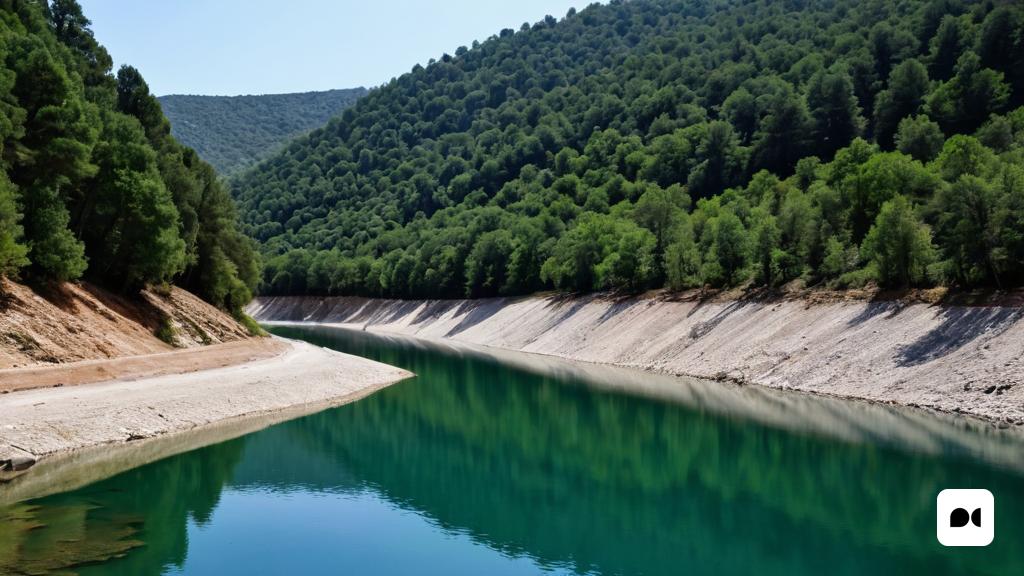Water reserves in the reservoirs of Catalonia
At the beginning of summer, during this San Juan, the water reserve in the reservoirs of the internal basins of Catalonia is at an average of 37%. This represents a significant increase compared to the all-time low of 14.3% recorded on March 9. Abundant rains in recent months and consumption restrictions have contributed to maintaining and increasing water reserves.
An example of this improvement can be seen in the Sau reservoir, which has gone from having a capacity of 4.7% at the end of May to approximately 46% at the end of June. Currently, more than 75 cubic hectometers of water have been impounded, with a total capacity of about 165 hm³. This increase in reserves has allowed the church of Sant Romà de Sau to be covered again.
Challenges and precautions
Although there has been an improvement in the drought situation in Catalonia, there are still challenges ahead. The total reserves of the Catalan internal basins only represent a little more than a third of their total capacity. Furthermore, the entry into the summer dry season poses an additional challenge. Although the Government has lifted some restrictions, it is important to maintain precautions and continue promoting responsible water consumption.
The Ter-Llobregat system, which supplies water to more than 6 million citizens in 202 municipalities of Barcelona and Girona, is currently around 40% of its capacity, with a total of 236 cubic hectometers of water in its reservoirs. Although the situation remains on alert, restrictions on water consumption have been relaxed since the state of emergency was lifted in May.
Other reservoirs, such as the Darnius Boadella in Alt Empordà, have also experienced an increase in their water volumes. Although growth has been slow, the reservoir has doubled its capacity in the last 3 months. As of mid-June, it is around 23%, compared to 11% in early March. These advances allow for a greater provision of water per municipality and the relaxation of some restrictions, such as the closure of showers in gyms. However, the Riudecanyes reservoir in Baix Camp continues to be one of the most affected by the drought and is in emergency phase I.

